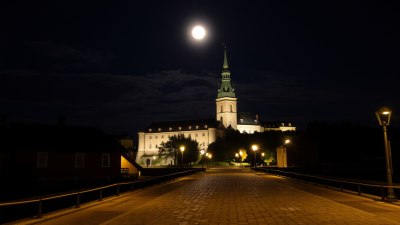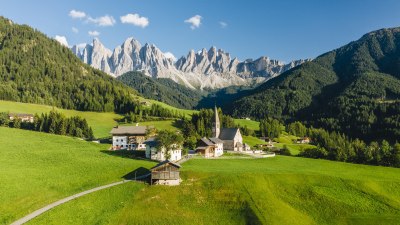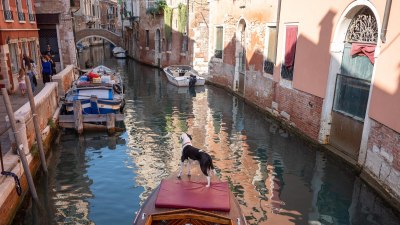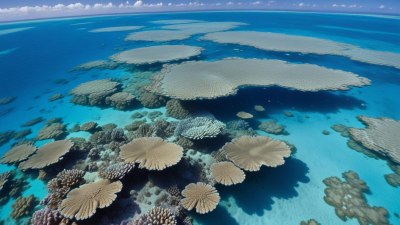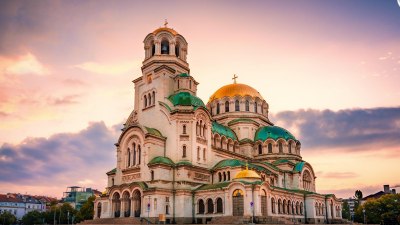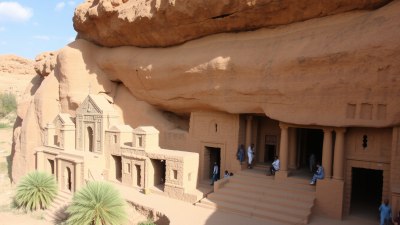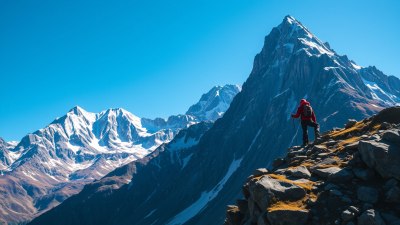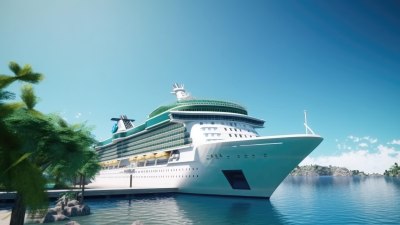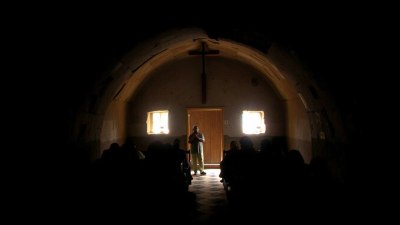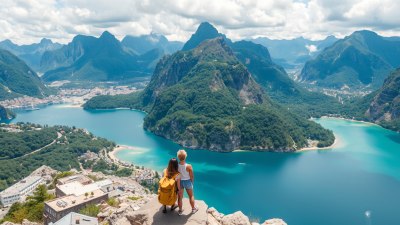The Earth Cracks Open in Rotorua, New Zealand
Explore the geological wonders and seismic activity of Rotorua, New Zealand, and its stunning landscapes.
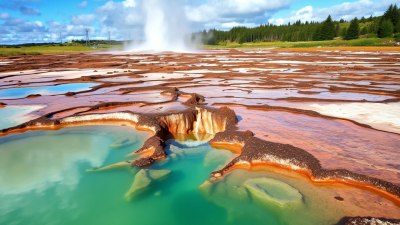
Image created with Flux Schnell
Rotorua, a vibrant city located in the Bay of Plenty region on New Zealand's North Island, is renowned for its geothermal activity, stunning landscapes, and rich Maori culture. Known as a place where the Earth literally cracks open, Rotorua's unique geological features attract tourists and scientists alike, eager to witness the raw power of nature. In this article, we delve into the geological phenomena that characterize Rotorua and explore its historical and cultural significance.
Geological Background of Rotorua
The region sits above a geothermal hotspot, part of the Taupo Volcanic Zone, which extends across the central North Island. The geothermal features in Rotorua are created by volcanic activity beneath the Earth's crust that brings heat and steam to the surface, leading to geysers, hot springs, and bubbling mud pools. This activity is facilitated by the movement of tectonic plates, which leads to frequent earthquakes and ground deformation.
The Formation of Geysers
The presence of geysers in Rotorua is one of its most striking geological features. Geysers are formed in areas where underground water is heated by magma or hot rocks. When the pressure builds up, steam forces its way to the surface, resulting in an impressive eruption of water and steam. The most famous geyser in Rotorua is the Pohutu Geyser, found in the Whakarewarewa Thermal Valley, which can erupt up to 30 meters high and can continue to do so for 20 minutes at a time.
Hot Springs and Mud Pools
Aside from geysers, Rotorua is also home to numerous hot springs and mud pools. Hot springs are created when groundwater is heated and rises to the surface, often rich in minerals. The naturally warm waters are not only a bathers' delight but are also believed to have therapeutic properties. Mud pools, on the other hand, are formed when geothermal heat causes the water to mix with the fine volcanic ash and clay, creating a bubbling and steaming mass. One well-known area with mud pools is the Hell's Gate, which is famous for its rich Maori history and therapeutic mud baths.
Seismic Activity
Cultural Significance
The geothermal and volcanic landscape of Rotorua is not only of geological interest but also holds great cultural significance for the Maori people, the Indigenous inhabitants of New Zealand. The geothermal areas are revered as sacred spaces, with many sites, such as Te Puia, dedicated to traditional healing practices and ceremonies. The Maori incorporate the earth’s thermal energy into their daily lives, utilizing hot springs for cooking, bathing, and therapeutic purposes for centuries.
Impact of Tourism
Tourism driven by Rotorua’s geothermal activity significantly contributes to the local economy. Millions of visitors flock to the area each year, eager to experience its natural wonders, participate in cultural experiences, and relax in its famous hot springs. To cater to this influx, various tourist attractions have been developed, including thermal parks, spa resorts, and guided tours that explain the geology and cultural importance of geothermal sites.
Environmental Concerns
With the increased tourism comes environmental concern. The delicate ecosystem in Rotorua is under threat from increased human activity, pollution, and potential geothermal exploitation. Locals and conservationists are working together to create sustainable practices that allow for tourism while protecting the unique geothermal landscape. This includes promoting eco-friendly initiatives and ensuring that the natural beauty of Rotorua is preserved for future generations.
Current Research
The geothermal features of Rotorua also serve as a significant area for scientific research. Geologists and volcanologists study the dynamic interactions between magma, water, and rock to better understand geothermal systems. This research also has implications beyond Rotorua, contributing to our understanding of volcanic systems worldwide. Current studies include monitoring geothermal activity, seismic research, and analyzing how climate change may affect these systems in the future.
The Future of Rotorua
As we move forward, Rotorua faces the challenges of balancing tourism, community needs, and environmental conservation. Local authorities are prioritizing sustainable tourism practices, eco-friendly initiatives, and community engagement to preserve the area's unique geothermal features. Educational programs for both locals and visitors highlight the importance of protecting natural resources, ensuring that Rotorua remains a thriving destination for generations to come.
In summary, Rotorua is a remarkable area where the Earth cracks open to reveal its geothermal wonders. The combination of geological phenomena, rich cultural narratives, and the ongoing study of its volcanic activity position Rotorua as a key location for understanding Earth’s processes. As we continue to explore the interaction between humanities and nature, its hot springs and geysers remain a testament to the incredible forces that shape our planet.
